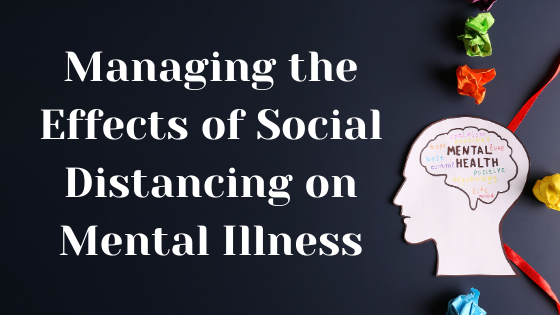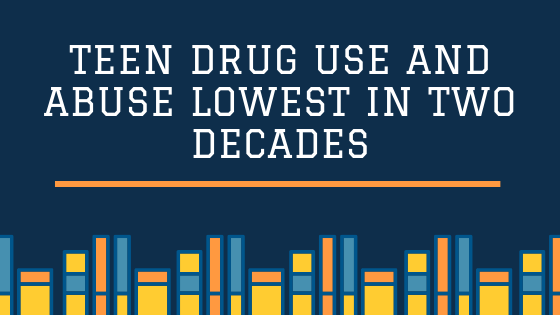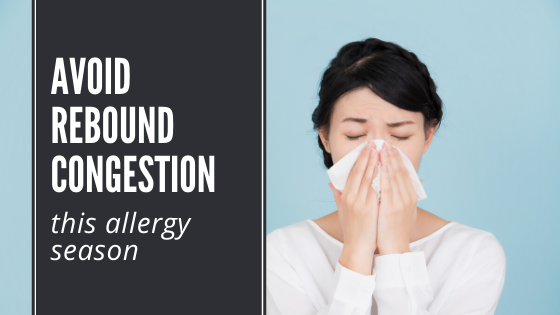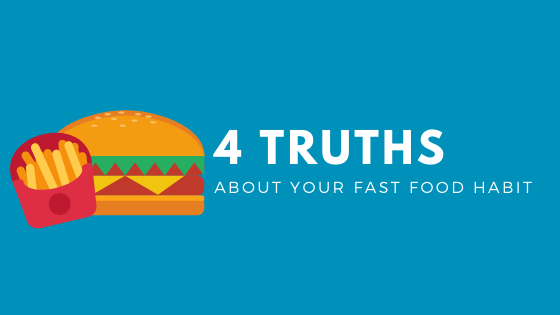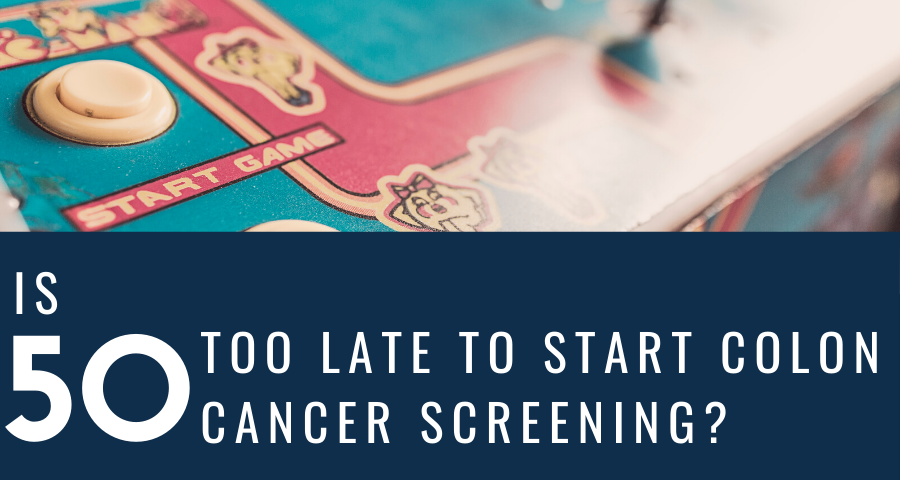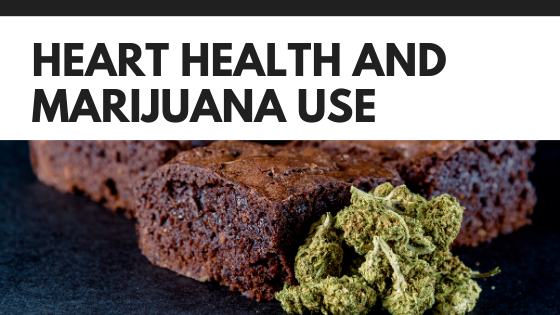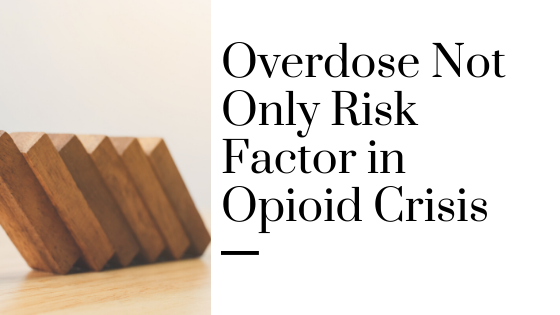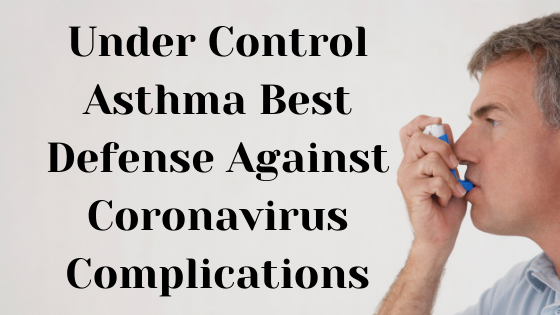
Both the CDC and American College of Allergy, Asthma, and Immunology list asthma sufferers at high risk of experiencing the most severe effects of the coronavirus. While no studies have shown asthma patients are at an increased risk of contracting the virus, the illness affects the lungs making it hard to breathe. Without available research, doctors have placed patients with mild or moderate asthma in the “at risk” group and those with severe asthma in the “extremely vulnerable” group.
The best way to prevent severe effects from the virus is to avoid contracting the virus. Stay home if at all possible
If you must go out for groceries or medications stay at least six feet from other people.
- Wash your hands frequently.
- Don’t touch your face.
- Sneeze or cough into a tissue, then throw it away.
For asthma patients, now is not the time to slack up on daily medications. Controlled asthma reduces the chances of asthma attacks and complications. Continue taking medication as prescribed by your doctor and avoid asthma triggers.
Patients also need to ensure their rescue inhaler is not expired. If needed, your provider can work with your pharmacy and insurance company to ensure you have on hand the medication needed for prolonged shelter-in-place orders. Keep 30 days of over-the-counter medication, such as acetaminophen, in stock as well.
In addition to having a supply of your asthma medication, you’ll need to ensure your asthma action plan is updated. This plan includes your peak flow numbers when you are well for comparison should you become ill. Your asthma action plan includes steps to take should your asthma become worse due to exposure to asthma triggers, coronavirus or other viruses.
Staying well and boosting a strong immune system is our best defense against complications from the coronavirus.

